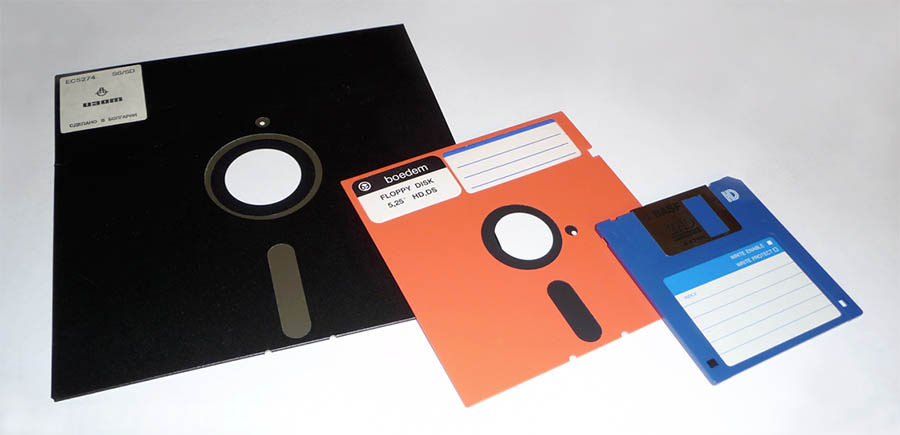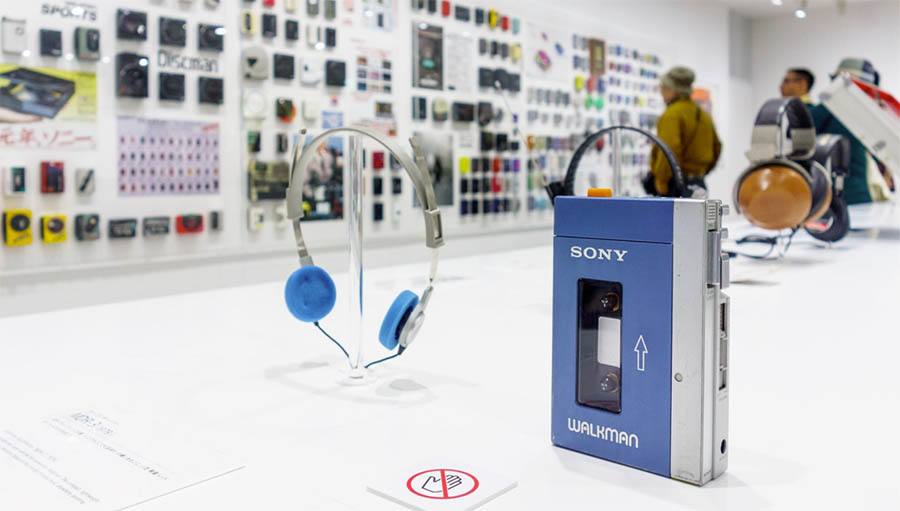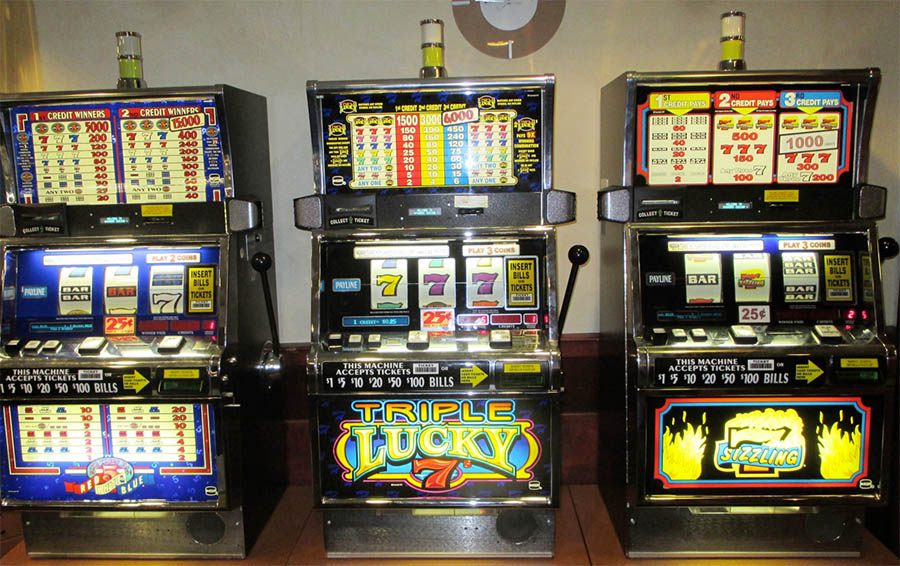The 70s, 80s and 90s were a time of great innovation. If we think that today we’ve progressed so far, if we had to think about it, it’s only because of the discoveries that our forefathers made. So in spirit of gratitude, here are four things that were invented in the groovy 70s.
The First Portable Data Storage Device
Whilst the computer we know today had its beginning in the 19th century, it wasn’t until the 1970s that portable data was made possible due to the invention of the first floppy disk. The creator behind the floppy disk, Alan Shugart, invented the first 8-inch disk at IBM in 1967. The disk appeared on the scene in 1971, and although it could only hold 80 KBs, it proved to be very useful for relatively small programs and files.
Later, however, the floppy drives on newer versions of the computer would gradually be built to accommodate smaller disks, called “diskettes”. While the size became smaller, the storage capacity became bigger. For instance, the 5.25-inch disk, which was used on the first IBM Personal Computer in August 1981, could hold 360 KBs and the 3.5-inch disk which dominated the 1990s, could hold up to 1.44 MBs.
The First Portable Cassette Player
The Sony Walkman was the first proper personal stereo cassette player that would change the world. The idea that one could take music with them wherever they went, was groundbreaking. The Walkman made its debut in Tokyo on July 1, 1979 and instantly became mainstream. It weighed 14 ounces and featured two headphone jacks for shared listening.
The first compact cassette player was first invented by Philips Electronics in 1962, but was originally used as a dictation machine by stenographers and journalists. Soon after, these cassettes would be called “musicassettes”, and would be used to record and play music.
What not a lot of people don’t know however, is that the “real inventor” of the portable cassette player with headphones was Andreas Pavel. In 1977, the German-born inventor was ping-ponging from one major company to another, trying to interest them in the revolutionary device he’d invented called the “Stereobelt”. Yamaha, Grundig and ITT were some of the companies that turned him down, claiming that nobody would be crazy enough to walk in the street with a pair of headphones.
Meanwhile, on the other side of the world, Sony Corp. co-founder Masaru Ibuka, who loved listening to music on his business trips, asked his designers to create a small cassette player that he would be able to carry around with him after he got tired of lugging his TC-D5 cassette deck around. His designers presented him with the headphone-equipped TPS-L2, which was then brought to chairman Akio Morita, and the rest is history. The Walkman we all loved and carried around in the 80s and 90s was born.
The First Video Slot Machine
The very first slot machine was developed in by Sittman and Pitt in 1891. The game had 5 drums with a total of 50 playing cards and cost a nickel to play. The machine worked thanks to a “lever” that when pulled by the player, would stretch a spring inside the machine which would gradually stop the reels from spinning.
A player would win when poker hands were lined up on the reel, in which case he would need to go to the bar to claim their prize as the machine was not yet equipped with direct payout mechanism. Initially, however, the prizes were free drinks and cigars rather than money.
For many more years, slot machines remained purely mechanical. Then, in 1964, Bally released the first electromechanical slot called Money Honey. Although the player still had to start off the game by pulling the lever, the reels were operated entirely electrically. This machine was also enabled to make an automatic payout of up to 500 coins.
The game quickly became popular, until the there came the first ever video slot machine that would set the course for future slot games. The machine was manufactured by Fortune Coin, a Las Vegas based company, and used a modified 19 inch Sony TV for the display.
At first, the game was only available at the Las Vegas Hilton Hotel, however after some modifications, the game was approved by the Nevada State Gaming Commission and quickly became popular in the Las Vegas Strip. The only fundamental change that took place since then, was the addition of a second screen bonus round.
The next evolution came with the advent of the internet in the mid-90s with the launching of the first online casinos, although at first, these casinos only featured very limited classic casino games such as roulette and blackjack. However, soon after, slots were introduced and quickly became more popular than the other traditional casino games.
Gradually, more variety of slot games were developed, with different layouts, symbols, bonuses and special game features.
Fast forward to 2018, and we can now play slots online wherever we are, and whenever we want, from our mobiles and tablets, with a huge, varying selection of slots games available on different online casinos. How far we’ve come in 150 years, right?
The First MRI machine
The invention of the MRI (Magnetic Resonance Imaging) machine started with the discovery of the Rotating Magnetic Field in 1882 which was made by Nikola Tesla, but it wasn’t until 1977 that the first image was created from the nuclear magnetic resonance signal.
Many researchers along the years gave great contributions which were pivotal in paving the way for the first ever MRI scan. The events that led up to this historical moment, go a little like this:
In 1937, while observing nuclear magnetic resonance (NMR), Professor Isidor I. Rabi. discovered that the atomic nuclei show their presence by absorbing or emitting radio waves when exposed to a sufficiently strong magnetic field.
In 1969, Raymond Damadian was the first to look at NMR from a different and original perspective, i.e. to use NMR to diagnose cancer in the body. After demonstrating that cancer cells had longer T1 and T2 values than normal cells, in 1972, Damadian filed a U.S. patent application for an apparatus and method to detect cancerous tissue.
By mid-1977, the first whole-body MR images were being produced, however, the problem was that the quality of the images were too low and therefore inaccurate for clinical purposes.
This is when Paul Lauterbur at Stony Brook University, together with physicist and professor Peter Mansfield, developed a far better method of developing MRI images, stealing Damadian’s limelight. In 2003, Nobel Prizes for Medicine excluded Damadian, and although he tried his best to get the Nobel committee change its mind, the decision stood.






3 Reasons Why Ham Radio Can Be a Cool Hobby in 2019 | Retromash
Jun 4, 2019 -
[…] radio (also known as amateur radio) has always been seen somewhat as a geeky hobby and became especially popular between 1970 and 2000. Although ham radio has lost some of its hi-tech appeal thanks to the huge amount of […]